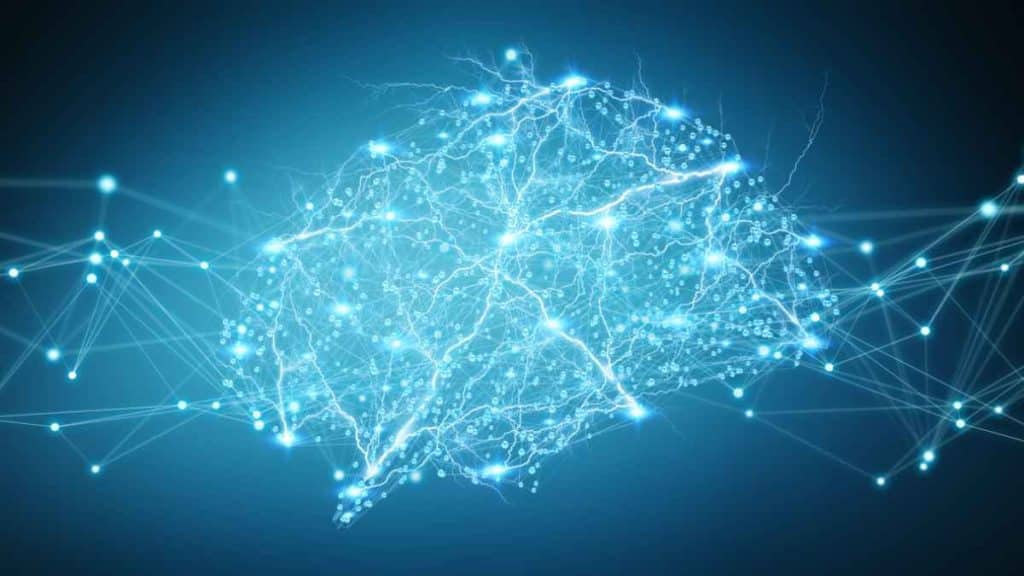Are you prepared to embark on a captivating expedition into image recognition and classification? Enter the enchanting domain where pixels pulsate with vitality, and Convolutional Neural Networks (CNNs) reign supreme. These powerful algorithms possess an inherent aptitude for unraveling the intricate language of images, unveiling a universe of opportunities for analysis, comprehension, and prognostication.
In this blog, we extend an invitation to delve into the depths of CNNs and immerse yourself in the wondrous possibilities that lie ahead. Together, we shall unlock the mysteries of TensorFlow, where images metamorphose into knowledge and pixels assume the role of perceptual building blocks.
What is Image Recognition and Classification
Image recognition and classification tasks are intertwined and involve the identification and categorization of visual information. Image recognition identifies objects, people, or other elements within an image. Conversely, image classification involves assigning a label or category to an image.
These tasks are important across various fields, including computer vision, robotics, medical imaging, security, and surveillance. For instance, image recognition and classification can assist in disease detection and diagnosis in medical imaging. In security and surveillance, they enable the identification and tracking of objects. Additionally, they play a crucial role in enabling safe navigation for self-driving cars.
Convolutional Neural Networks (CNNs) are highly suitable for image recognition and classification tasks. They can automatically learn and extract pertinent features from images, allowing for accurate predictions. CNNs excel at detecting intricate patterns and structures within images that are often challenging for human perception, resulting in high levels of precision in image recognition and classification.
Within a CNN, the input image undergoes a series of convolutional, pooling, and fully connected layers. These layers extract and hierarchically transform image features. The final layer produces a probability distribution across potential categories, enabling the classification of the image.
Improving CNN Performance
To improve the performance of Convolutional Neural Networks (CNNs), various strategies are commonly employed:
- Model Architecture: Creating deeper networks with skip connections allows the capture of complex features, while wider networks with increased channel width facilitate learning diverse representations.
- Regularization Techniques: Employing dropout, which randomly drops neurons, reduces overfitting. Batch normalization stabilizes training, and L1 and L2 regularization introduce penalty terms to promote smaller weights.
- Transfer Learning: Leveraging pre-trained models trained on large-scale datasets and fine-tuning them for specific tasks enhances performance, particularly when data is limited.
- Optimizers: Utilizing advanced optimizers like Adam and RMSprop and techniques such as learning rate schedule improves convergence and generalization.
- Ensemble Methods: Combining predictions from multiple models reduces variance and boosts overall accuracy.
- Hardware Acceleration: Leveraging GPUs or TPUs accelerates CNN computations, resulting in faster training and inference times.
Harnessing the Potential of CNNs for Image Recognition and Classification Tasks
The field of image recognition and classification has been revolutionized by Convolutional Neural Networks (CNNs). Their exceptional ability to capture intricate patterns and image features makes them highly effective in various applications. Below are the key applications of CNNs in image recognition and classification.
Image Classification:
One of the primary uses of CNNs is in image classification. By directly learning discriminative features from raw pixel values, CNNs can classify images into predefined categories. This capability has been extensively applied in object recognition, face recognition, handwritten digit recognition, and scene classification. CNN-based models have achieved impressive accuracy on benchmark datasets like ImageNet, showcasing their effectiveness in large-scale image classification tasks.
Object Detection:
CNNs have significantly advanced the field of object detection, which involves generating region proposals and classifying these regions. Instead of solely classifying images, CNNs can now localize and identify multiple objects within an image. Integrating CNNs into frameworks such as Region-based CNNs (R-CNN), Fast R-CNN, and Faster R-CNN has enabled accurate and efficient object detection in real-world scenarios. Object detection finds applications in autonomous driving, surveillance, and image-based search engines.
Semantic Segmentation:
Semantic segmentation assigns a label to each pixel in an image, enabling a precise understanding of object boundaries and regions. This technique has applications in medical imaging, autonomous systems, and video understanding. CNNs have been crucial in advancing semantic segmentation by learning spatial relationships and capturing fine-grained details. Fully Convolutional Networks (FCNs) are a popular architecture for semantic segmentation, utilizing CNNs to process the entire image and produce dense pixel-wise predictions.
Image Style Transfer:
Utilizing CNNs, image style transfer involves transferring one image’s style onto another’s content. This artistic technique has gained popularity in digital art and creative applications. Style transfer algorithms leverage the learned representations of CNNs to separate and manipulate content and style information. By extracting deep features from CNNs and optimizing loss functions, these algorithms generate visually captivating images that combine one image’s content with another’s artistic style.
Medical Imaging:
CNNs have significantly contributed to various medical imaging tasks, including disease diagnosis, lesion detection, and image analysis. Through training on extensive medical image datasets, CNN models can learn to identify complex patterns and abnormalities in medical scans. CNN-based systems have shown promising results in detecting cancer, Alzheimer’s, and diabetic retinopathy. They hold the potential to assist doctors in diagnosis, enhance patient care, and aid in the early detection of critical conditions.
Facial Recognition:
Facial recognition finds applications in security systems, surveillance, access control, and human-computer interaction. With the revolution of CNNs, facial recognition systems now achieve robust and accurate identification of individuals from images or video streams. By training CNNs on extensive datasets of facial images, these models can learn facial features and variations, making them resilient to changes in pose, lighting conditions, and facial expressions.
To Conclude
Convolutional Neural Networks (CNNs) have revolutionized image recognition and classification by capturing intricate patterns. Enhance CNN performance with techniques like model optimization, regularization, data augmentation, and transfer learning. Explore kandi, an open-source Python library, to build powerful CNNs for computer vision innovation. Join the community, unlock CNN potential, and visit kandi to revolutionize your projects.

